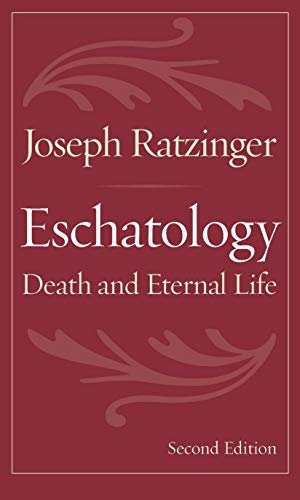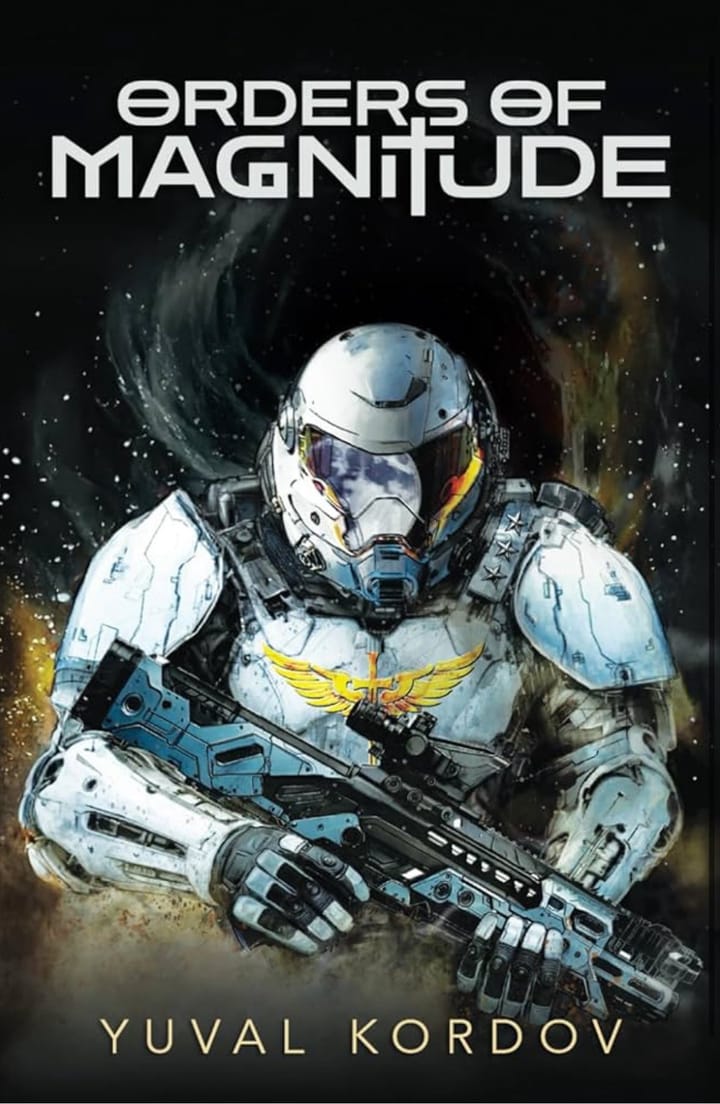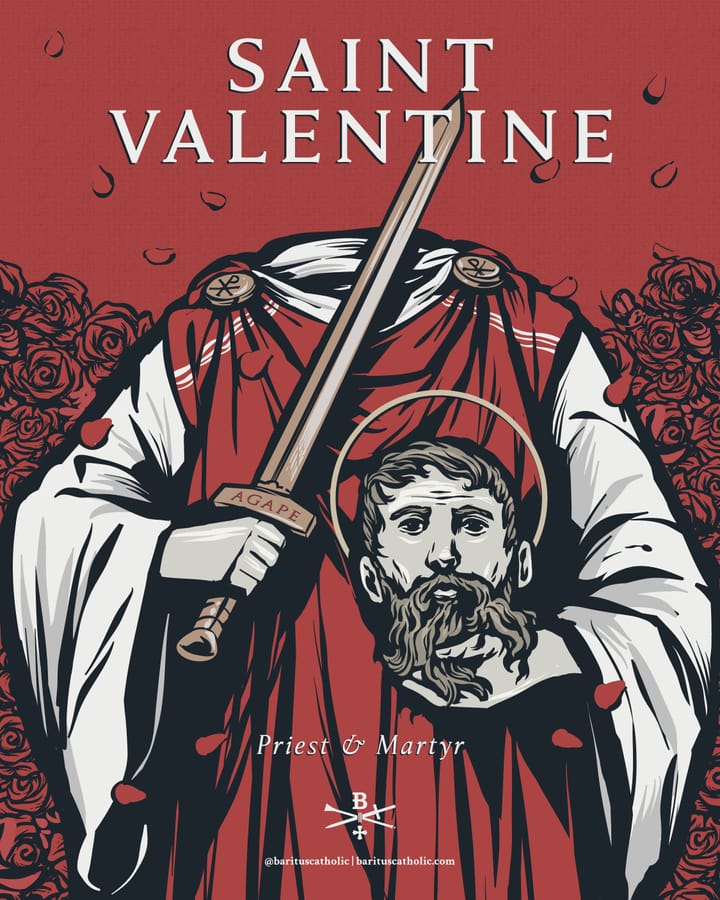The Long View: Eschatology: Death and Eternal Life by Joseph Ratzinger
When I wrap up a year’s worth of blog posts from John J. Reilly, I go back and collect any stray essays or reviews that I missed from that year.
This is a masterpiece of John’s, an extended reflection on a book written by Joseph Ratzinger before he became Pope Benedict XVI. The Pope Emeritus later elaborated on this same theme in an encyclical.
Death, heaven, hell, Antichrist, Doomsday, and the End of Time: all these points are covered by “eschatology,” the science of the Last Things. Joseph Ratzinger, latterly Pope Benedict XVI, wrote this small volume (except for the Foreword and two brief appendices) when he was still teaching theology at the University of Regensburg.
…
The summary is not simply a reconciliation of texts, but a discernment of the logic of the development of Scripture over time. At least for Catholic theology, this logic continues to be developed in the doctrine of the Church. The result is a remarkable synthesis, a system of reference that links the concept of God with personal and universal destiny.

Eschatology
Death and Eternal Life
______
By Joseph Ratzinger
(Foreword by the author as Benedict XVI)
Translated by Michael Waldstein
Edited by Aidan Nichols
Second Edition 1988, 2007 (German Original 1977)
The Catholic University of America Press
307 Pages; US$14.95
ISBN 0813215161
Death, heaven, hell, Antichrist, Doomsday, and the End of Time: all these points are covered by “eschatology,” the science of the Last Things. Joseph Ratzinger, latterly Pope Benedict XVI, wrote this small volume (except for the Foreword and two brief appendices) when he was still teaching theology at the University of Regensburg. His arguments here are consistent with his views as Prefect of the Congregation for the doctrine of the Faith and later as pope, especially as expressed in the encyclical Spe Salvi. Readers should note that this study does not attempt to outline an endtimes scenario, or even a theodicy of history. It also does not treat systematically the physical and metaphysical issues connected with any concept of immortality (on that subject, there are brief references to the ideas of Karl Popper and John Eccles). Rather, what we have here is an attempt to summarize what Scripture is trying to say about these questions. The summary is not simply a reconciliation of texts, but a discernment of the logic of the development of Scripture over time. At least for Catholic theology, this logic continues to be developed in the doctrine of the Church. The result is a remarkable synthesis, a system of reference that links the concept of God with personal and universal destiny.
Readers may be surprised to learn that Regensburg is a new institution, founded in 1962, though the author had taught at Bonn, Tübingen, and Münster before going there. He had also been a peritus, a theological adviser, at the Second Vatican Council. There he was classed, with some reason, among the liberals.
This book was written against the backdrop of the central insight of the Higher Criticism about the Gospels, an insight that the author finds valuable: Jesus urgently preached the imminence of the Kingdom of God, in the sense of the “reign of God.” In other words, Christianity is essentially an eschatological faith. However, according to the author’s account of the evolution of his thought, his initial willingness to go along with the theological trends fashionable when he began teaching was mitigated when he understood that these trends read later philosophical distinctions back into the New Testament period. Thus, for instance, the practice of trying to separate the “primitive” Jewish elements of the Gospels from the “dualistic” Greek ones badly misconstrued the texts, if for no other reason than that what we think of as “dualism” has more to do with Descartes than with anything the first-century Greeks thought. Similarly, the practice of reading the palpable sense of temporal imminence in parts of the New Testament as “early” and genuine while reading the many expressions of the immanence of the Kingdom as “late” commentary just did not withstand scrutiny: both views are found in texts of all ages.
The fight against “dualism” in theology had had an odd result in the “Resurrection in Death” theory, once popular among theologians, which managed to deny the existence of a disembodied intermediate state by asserting the immediate postmortem resurrection of an invisible body. Meanwhile, the growing theological tendency to credit only the grossest forms of chiliasm as expressions of the “primitive” Gospel message led to the development of Liberation Theology and its project of creating paradise in this world. Faced with these unsatisfactory trends, Professor Ratzinger grew more appreciative of the balance to be found in the Church’s traditional ways of approaching these issues, but he understood that they needed to be reformulated for the 20th century. This is what he did.
Much of the book is concerned with the idea of the “intermediate state,” with whether the dead can be said to exist between death and general resurrection. (Resurrection, which is a given in the New Testament frame of reference, is taken as an axiom.) Before discussing the many theories about how and what a soul might be, the book states what it takes to be the fundamental reality of the matter. The key to the scheme of the book is this passage about Jesus’ defense of the doctrine of the general resurrection:
In his debate with the Sadducees who argued in fundamentalistic fashion that only the Pentateuch might be acknowledged as Scripture, and took it as the exclusive rule of faith, sola scriptura, Jesus is obliged to prove his thesis on the basis of the books of Moses. He does so in a way which is both exciting and wonderfully simple. He points to the Mosaic concept of God, or more precisely to the divine self-expression in the burning bush as reported by Moses: “I am the God of Abraham, and the God of Isaac, and the God of Jacob.” That means: those who have been called by God are themselves part of the concept of God. One would turn the Old Testament concept of God on its head if one declared that those who belong to him who is Life are themselves dead.
Note that this inclusion of a human aspect in the substance of God has a strong potential for a Trinitarian interpretation: it makes it reasonable that the Second Person of the Trinity, the human face of God, might be present in Jesus himself. More directly, though, this idea of God immediately requires a community whose members are present to God and to each other. This is known in Catholic theology as the Communion of the Saints, whose ability to care about and help each other is not contingent on whether they are living or dead. Again, the point of the book is not to demonstrate that this state of things is true, but only that this is what Scripture is trying to say.
The book has an illuminating discussion of the development of ideas about the postmortem condition of the dead, from the shadowy existence in Sheol which involved neither reward nor punishment (a nearly universal concept which the Hebrews once shared), on through the realization that the nature of God excluded the possibility that he might allow his beloved to fall into non-existence, even temporarily, and so to theodicy and the expectation of a final resurrection. The author is very careful of Protestant sensibilities, but he does argue that Luther’s idea of “soul sleep” is neither coherent nor consistent with Scripture. He states the Catholic doctrine of Purgatory and contrasts it with the corresponding Orthodox ideas by suggesting that the latter are simply less developed. (The Orthodox pray for the dead, but Orthodox eschatology does not include the idea that the intermediate state is a condition of cleansing.)
Regarding the soul, the author demonstrates that the Christian understanding of it is simply not Platonic. Neither is the specifically Thomist view of the soul really Aristotelian. Aquinas, like Aristotle, said that the soul is the form of the body. However, Aristotle thought of “form” as a perishable material quality. For Aquinas, the form, the soul, is spiritual, but immortality is not intrinsic to it. The immortality of the soul arises from the soul’s essential connection to God; indeed, to judge from the book’s argument, this relationship is what generates the soul, almost like a kind of induction:
When a man is understood in terms of the formula anima forma corporis, that relationship to God can be seen to express the core of his very essence. As a created being he is made for a relationship which entails indestructibility. Teilhard de Chardin once remarked that it is in the nature of evolution to produce ever better eyesight. If we take up this thought, we can describe man accordingly as that stage in the creation, that creature, then, for whom the vision of God is part and parcel of his very being. Because this is so, because man is capable of grasping truth in its most comprehensive meaning, it also belongs intrinsically to his being to participate in life.
This is not to say, however, that the postmortem state is immediately the final state. Salvation is ultimately for the Communion of the Saints, for all the blessed of the human race, and it cannot be perfected until history is over:
The nature of love is always to be “for” someone. Love cannot, then, close itself against others, or be without them so long as time, and with it suffering, is real. No one has formulated this insight more finely than Thérèse of Lisieux with her idea of heaven as the showering down of love towards all. But even in ordinary human terms we can say, How could a mother be completely and unreservedly happy so long as one of her children is suffering? And here we can point again to Buddhism, with its idea of the Bodhisattva, who refuses to enter Nirvana so long as one human being remains in hell. By such waiting, he empties hell, accepting the salvation which is his due only when hell has become uninhabited. Behind this impressive notion of Asian religiosity, the Christian sees the true Bodhisattva, Christ, in whom Asia’s dream became true.
The author takes care to point out that the overlap between Christology and the doctrine of the Bodhisattva is not perfect: Christ does not empty hell, which is a condition both punitive and eternal. In any case, we should note that this idea of a deferral of the final state so long as history continues applies also to the blessed dead among the Communion of the saints, who continue to pray for the world as long as it has need of aid. Death does not cancel Church membership.
The book’s emphasis is on personal eschatology, but neatly links it with universal eschatology, with the ultimate fate of the world. The historical process, in fact, is governed by much the same logic as the generation of the soul:
[Karl] Rahner...noted that in death the soul becomes not acosmic but all-cosmic. This means that its essential ordination to the material world remains, not in the mode of giving form to an organism as its entelechy, but in that of an ordering to this world as such and as a whole. It is not difficult to connect up this thought to ideas formulated by Teilhard de Chardin. For it might be said in this regard that relation to the cosmos is necessarily also relation to the temporality of the universe. The universe, matter, is as such conditioned by time...The “Last Day,” the “end of the world,” the resurrection of the flesh,” would then be figures for the completion of this process, a completion which, once again, can happen only from the outside, through the entry onto the scene of something qualitatively new and different, yet a completion which corresponds to the innermost “drift” of cosmic being.
Readers whose principal acquaintance with Christian eschatology comes from the study of evangelical endtime scenarios may be slightly disoriented by the absence of such speculation from the discussion in this book. The notion of an earthly “millennium” is branded as “chiliasm”: at best a mistake, and at worst a terrible temptation. The author notes that the “signs of the times” that presage the Second Coming, war and disease and famine and tyranny, can in fact be found in every age. This does not rob them of eschatological significance, however. The final judgment is equally close to every age. Antichrist wears many masks in history.
History is finite, and it does have a chronological end. To that extent the prophecies of the endtime can be said to have a final fulfillment, though of course how these will be fulfilled in historical fact cannot be known in advance. In any case, we should not confuse the historical process with the history of salvation. For the purposes of the latter, the history of the world is a tale not of fulfillment, but of debility.
The book makes many of its points very tentatively, and several times the author says that even positions he endorses need more work. With that in mind, let me suggest that this book’s treatment of the role of progress in salvation history is inadequate. The fact is that many of the chief eschatological parables in the Gospels, notably the parable of the Wheat and the Tares, are organic metaphors that do in fact imply an understanding of history that is “progressive” in some sense. Perhaps more important for a practicing theologian, the author’s way of understanding Scripture and tradition is progressive, even evolutionary. Ideas, even truths, develop over time, from the hopeless shade in dark Sheol to the Thomist soul in blessed contemplation of the Beatific Vision. History counts for something; that is one of the things modernity was right about.
As this reviewer has elsewhere noted, the author has expanded and clarified some of these points in Spe Salvi, but there is still work to be done.
Copyright © 2008 by John J. Reilly



Comments ()